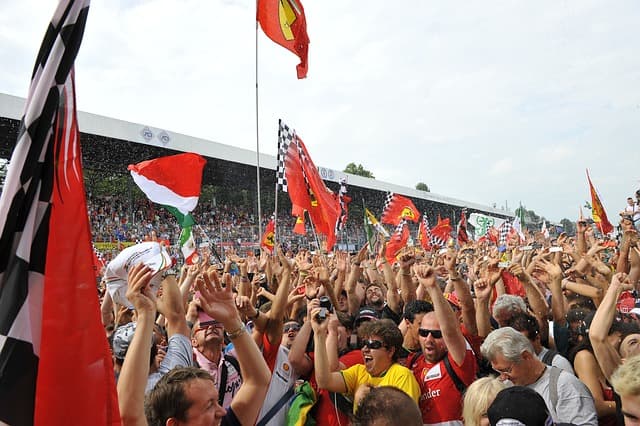Italy is a country whose name is firmly associated with luxurious and powerful supercars. Ferrari, Lamborghini, Maserati and Pagani – these brands have become symbols of speed, innovation and unrivaled design. The history of Italian supercars is saturated with competition, advanced technology and passion for motorsport.
The history of Italian supercars
Birth of a legend: Ferrari and Maserati
The first Italian supercar can be attributed to the Ferrari 125 S, introduced in 1947. Enzo Ferrari, former driver and head of the Scuderia Ferrari racing team, sought to create cars that combined power with elegance. Ferrari became synonymous with racing performance and premium quality.
Maserati, founded in 1914, also made a huge contribution to the development of supercars. Its models, such as the Maserati 3500 GT and MC12, became the benchmark for refinement and power.
Legend of the 1960s: the birth of Lamborghini
In 1963, entrepreneur Ferruccio Lamborghini decided to challenge Ferrari by creating his own brand of cars. The first Lamborghini 350 GT was a success, but the real revolution came in 1966 with the release of the Miura, the world’s first center-engine supercar. This car set new standards for design and performance.
The modern era: Pagani and the development of technology
In the 1990s, the Italian company Pagani, founded by engineer Horacio Pagani, introduced the world to a new level of supercars using carbon fiber and advanced aerodynamic solutions. The Zonda and Huayra models became the benchmark among modern hypercars.
Italian supercar technologies
Materials and innovations
Italian manufacturers pay special attention to the use of lightweight and durable materials such as carbon fiber, titanium and aluminum. For example, Pagani actively uses carbon-titanium alloy, which makes cars lightweight and super strong.
Aerodynamics and design
Every Italian supercar is designed with aerodynamics in mind. The Lamborghini Aventador and Ferrari LaFerrari have active aerodynamics that change the shape of the body depending on speed and driving conditions.
Hybrid and electric technologies
Modern Italian supercars include hybrid powertrains. For example, the Ferrari SF90 Stradale combines a traditional V8 with three electric motors to deliver 1,000 hp. The Lamborghini Revuelto is the brand’s first production hybrid supercar, combining a V12 with electric motors.
Conclusion
Italian supercars are not just cars, but works of art that combine passion, technology and style. The future of Italian manufacturers is linked to electrification and the development of artificial intelligence, but their main virtue is the soul put into every detail. Regardless of the era, Italian supercars will remain a symbol of speed, luxury and innovation.
